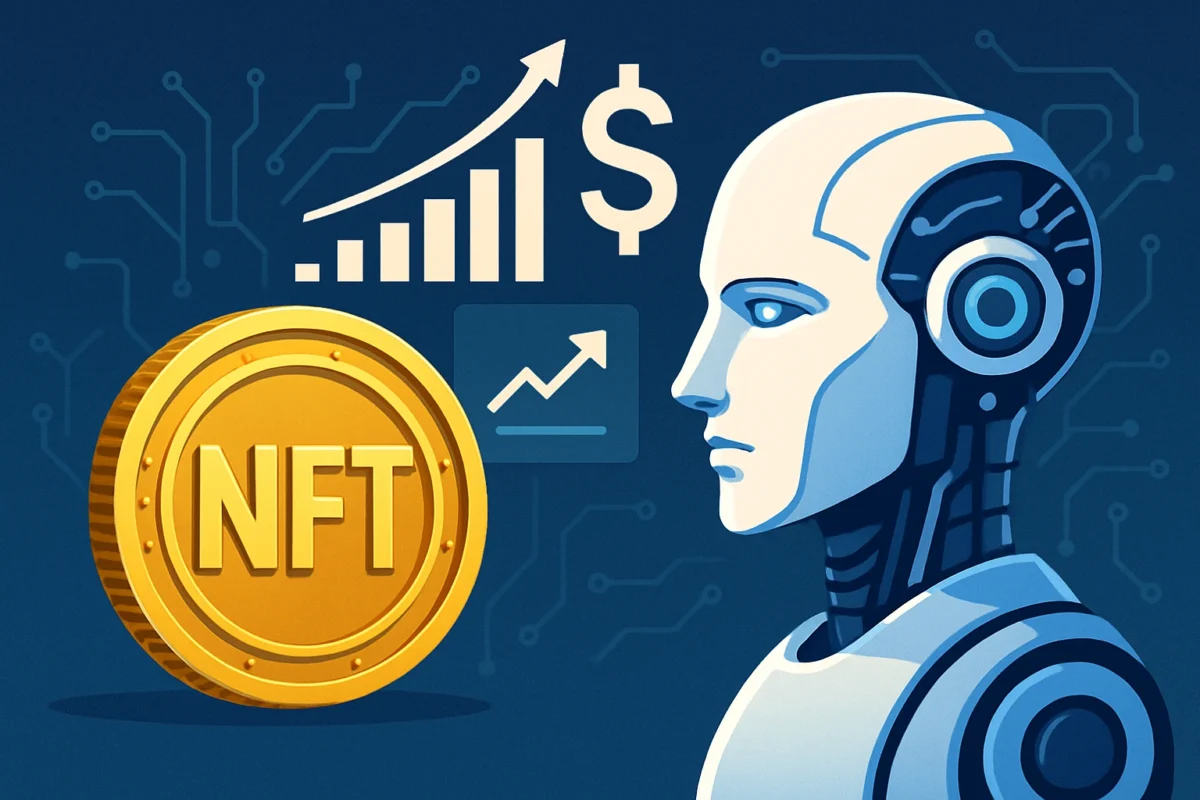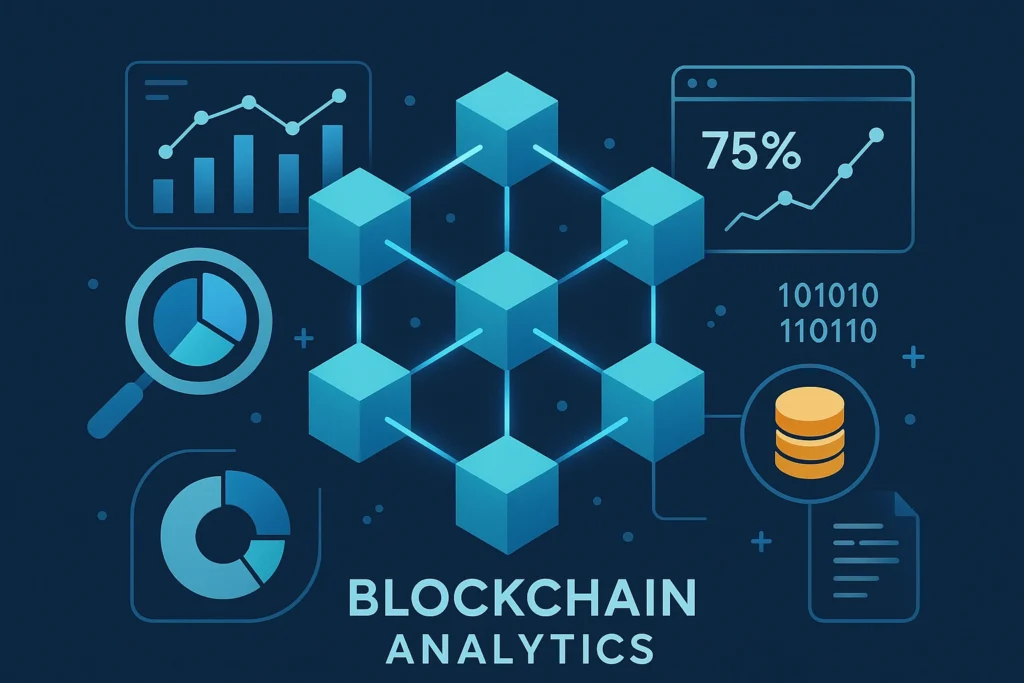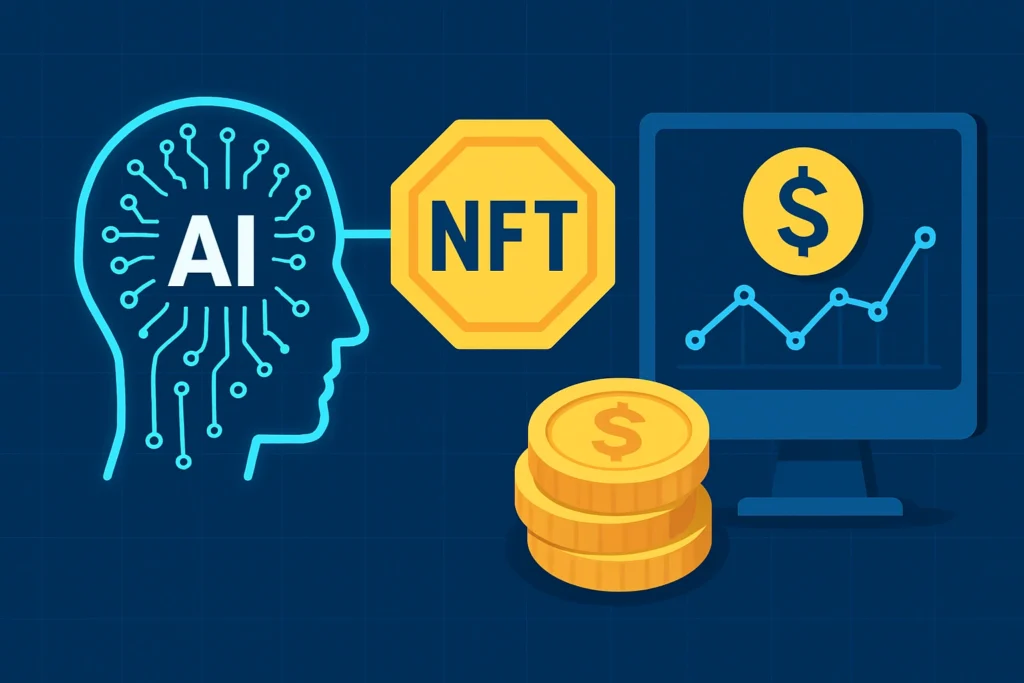How AI Predicts the Next Big NFT Trend: Science Behind NFT Valuation

NFTs have completely transformed the worlds of art, gaming, and digital ownership. What many once considered a passing fad has exploded into a billion-dollar market where trends can change in an instant. For anyone involved whether you’re an investor, creator, or collector, the real challenge isn’t just acquiring an NFT, it’s figuring out which ones will be valuable in the future.
This is where AI NFT valuation becomes a game-changer. By using a combination of blockchain data, specialized algorithms, and AI predictions, we now have technology that can help forecast which digital collectibles are likely to increase in value and which might just disappear.
In this article, let’s see how this valuation works, how data-driven AI models are used in NFT valuations, and how AI is fundamentally changing the way people approach the NFT market.
The Challenge of NFT Valuation
NFTs differ from traditional assets. They’re unique, often tied to art, music, or gaming. Their price doesn’t just depend on supply and demand but also on cultural hype, social signals, and technological ecosystems.
Key factors that complicate valuation include:
Rarity: How unique is the NFT in terms of traits, attributes, or supply?
Utility: Does it grant in-game perks, access to communities, or royalties?
Cultural Relevance: Ties to trends, influencers, or viral moments.
Market Sentiment: The buzz across Twitter, Discord, and NFT marketplaces.
Because of these variables, valuation isn’t easy. That’s why NFT market analysis requires data science.
Also See: NFTs in Research Funding: How Science Is Driving Innovation
How AI Helps in NFT Valuation
The core of any AI NFT valuation model is a series of sophisticated algorithms. These models are trained on massive datasets of historical NFT market activity, learning to recognize the patterns that led to past successes and failures. They include:
Time-Series Analysis
The algorithm is used to analyze data that changes over time, like trading volume and price. It can identify recurring patterns and trends, allowing the AI to forecast future price movements.
Regression Models
These models are used to identify the relationship between different variables. A regression model might find a strong correlation between a project’s follower count on Twitter and its market capitalization, helping the AI to understand what drives value.
Classification Models
These models are used to predict a category or outcome. An AI could use a classification model to predict whether a new project will become a “blue-chip” collection or a “flame-out” based on its initial launch metrics.
Deep Learning (Neural Networks)
For more complex tasks, like analyzing the visual aesthetics of an NFT or identifying subtle market anomalies, an AI might use a deep learning model. These models can find complex, non-linear patterns that other algorithms would miss.
By combining these NFT algorithms, the AI can create a comprehensive NFT market analysis that goes far beyond simple trend-spotting. It’s a scientific approach to a chaotic market, enabling investors to make decisions based on data rather than just hype.
The Science of NFT Valuation

1. Blockchain Analytics as the Foundation
Every NFT transaction is public. Blockchain provides transparent, timestamped records of sales, ownership, and activity. This database is the backbone of NFT science, feeding raw data into valuation models.
2. Rarity and Metadata Scoring
NFTs often include unique metadata like colors, backgrounds, accessories, or levels. AI scores these traits, comparing rarity across a collection. Projects like CryptoPunks or Bored Apes exploded partly because rare attributes commanded higher value.
3. Sentiment Analysis
AI scrapes social platforms for buzz. A spike in mentions, engagement, or trending hashtags often correlates with market momentum. By analyzing tone and frequency, AI predictions highlight upcoming surges in interest.
4. Network Effects
NFT value increases as more people participate in its ecosystem. AI monitors wallet clusters, tracking how influencers, DAOs, or gaming guilds amplify demand.
5. Historical Pattern Recognition
Past sales inform future moves. AI identifies patterns in hype cycles, holding times, and secondary sales to forecast the next wave.
Also See: Utility NFTs: Real-World Use Cases Beyond the Hype
Why AI Predictions Matter for NFT Investors
Helps Reduce Risk
Investors often gamble blindly on projects. AI NFT valuation reduces risk by grounding decisions in data, not emotions.
Spotting Trends Early
By analyzing signals faster than humans, AI highlights undervalued collections before they blow up.
Long-Term Value Tracking
AI distinguishes between short-lived hype and NFTs with sustained growth potential.
Smarter Portfolio Strategies
Investors can diversify with data-driven NFTs, spreading risk across multiple collections.
Challenges in AI-Driven NFT Valuation

Some of the challenges in AI NFT valuations include:
- Hype vs. Data: Viral memes can distort AI predictions.
- Data Manipulation: Fake sales or wash trading can skew results.
- Rapid Evolution: NFT standards and use cases evolve faster than models can adapt.
- Bias in Models: Algorithms may overvalue traits based on skewed datasets.
Even with these challenges, AI NFT valuation is still more reliable than manual speculation.
Future of AI in NFT Valuation
Artificial intelligence isn’t just a fleeting fad in the NFT world. In the coming years, you can expect some of these trends in AI NFT valuations:
Real-Time Valuation Engines: Always-on AI updating NFT values instantly.
Cross-Market Integrations: Combining data from OpenSea, Blur, Rarible, and decentralized exchanges.
Personalized Investor Dashboards: Tailored insights for individual risk profiles.
Integration with Traditional Finance: Banks and funds may use NFT algorithms for structured investment.
AI + Human Curation: Hybrid models where AI handles data, while experts provide cultural context.
FAQ: AI NFT Valuation
Can AI guarantee NFT investment success?
No. AI improves odds by providing data-driven insights, but markets still have unpredictable elements.
What’s the most important factor in NFT valuation?
A mix of rarity, utility, community, and sentiment. AI helps weigh these together.
Are AI tools available to everyday collectors?
Yes. Many NFT dashboards and analytics platforms provide retail-friendly tools.
How accurate are AI predictions in NFT markets?
Accuracy improves with better data. While not perfect, they outperform guesswork or gut instinct.
Can AI track emotional value in NFTs?
Indirectly. Through sentiment analysis, AI gauges community excitement, which often drives emotional attachment.
Conclusion
The way we value NFTs is changing fast. Where it once all came down to hype, we can now use AI predictions, blockchain data, and specialized algorithms to get a clearer picture of an NFT’s worth. By mixing hard data with social trends, AI is making it easier for investors, collectors, and creators to navigate the quick-moving world of digital art.
To stay ahead, you have to understand how AI is used to value these assets. The future of NFTs belongs to those who can blend their cultural knowledge with smart, data-driven investment strategies.